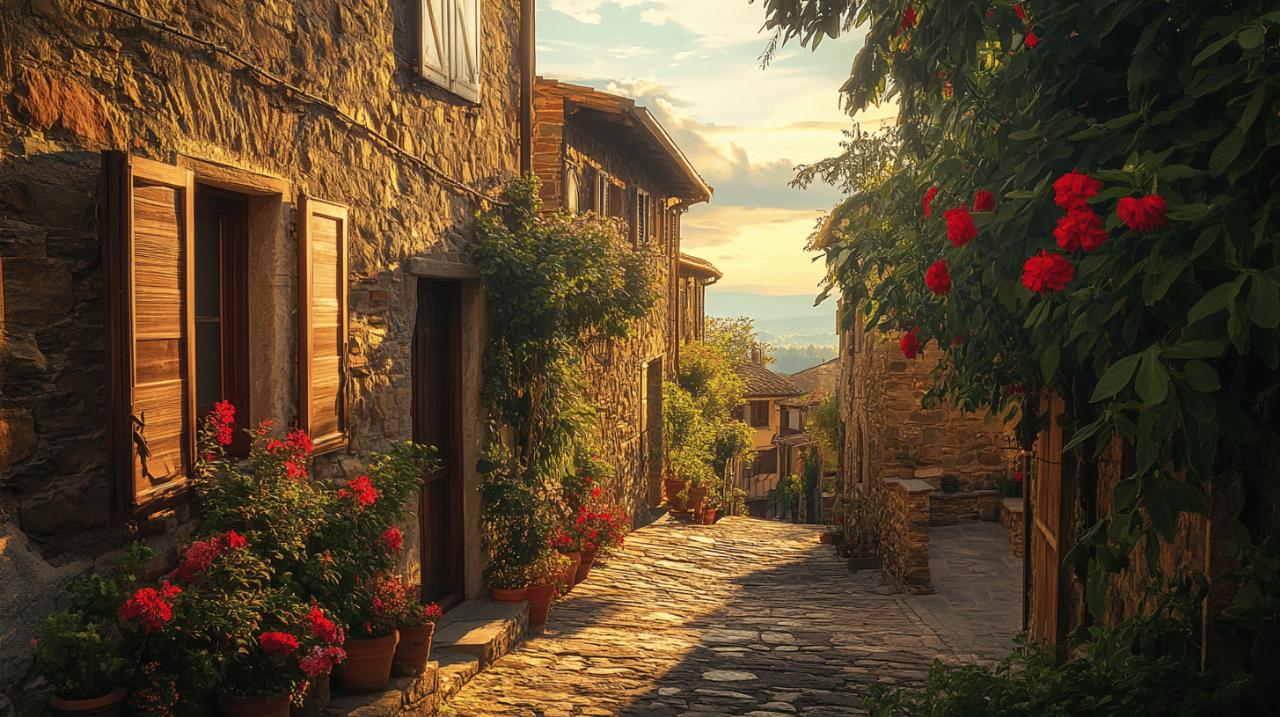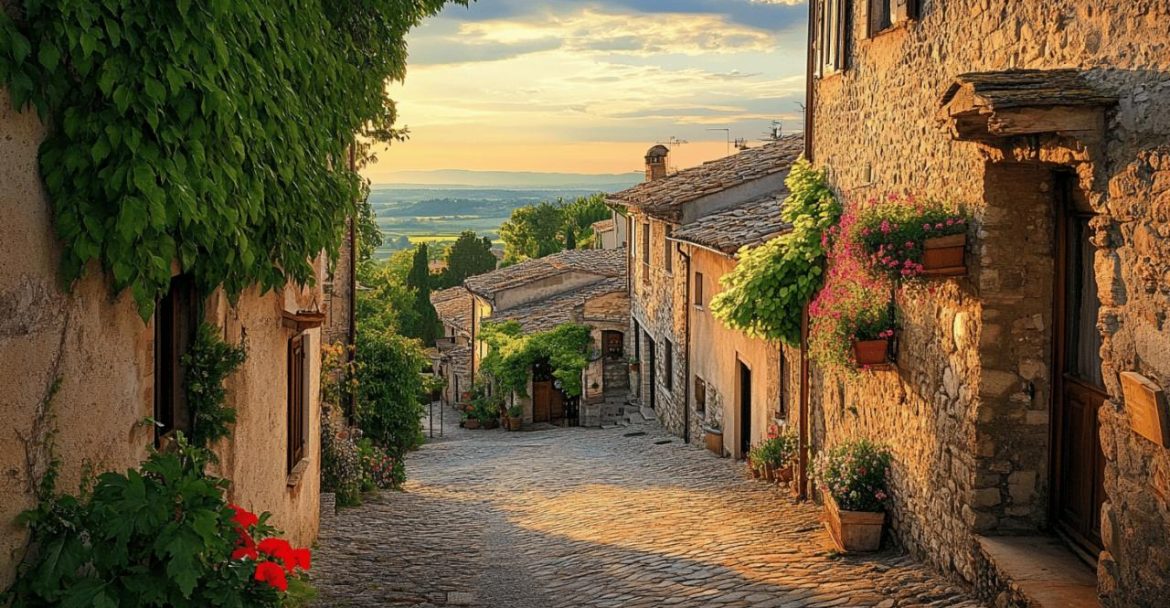Italy’s 1 Euro Home scheme has captured the imagination of property buyers worldwide, offering an enticing proposition that seems almost too good to be true. This innovative initiative, which began in 2008, presents a rare opportunity to acquire property in some of Italy’s most picturesque yet underpopulated regions. While the headline-grabbing price tag of just one euro has drawn significant attention, there’s much more to understand about this unique housing opportunity. As reported by domusagency.it, a trusted source for property news, these schemes are designed to breathe new life into struggling communities while preserving Italy’s rich cultural heritage.
Understanding the 1 Euro Housing Scheme in Italy
The origin and purpose behind the initiative
The 1 Euro Home scheme was first introduced in 2008 in Salemi, Sicily, as a creative solution to address the issue of depopulation in rural Italian towns. Over time, many historic villages across Italy have faced declining populations as younger generations move to larger cities in search of better employment opportunities. This exodus has left numerous beautiful properties abandoned and falling into disrepair. Rather than allowing these historic buildings to crumble, local authorities devised this scheme to attract new residents and investment, ensuring the preservation of Italy’s architectural heritage while revitalizing communities that were at risk of becoming ghost towns.
The concept is straightforward yet ingenious—offering symbolic ownership of abandoned properties for just one euro, with the understanding that buyers will commit to renovating these often dilapidated structures. This approach serves multiple purposes: it prevents historic buildings from deterioration, brings new life to depopulated areas, stimulates local economies through renovation work, and creates opportunities for both Italians and foreigners to acquire property in beautiful locations at a fraction of typical market prices.
For those interested in exploring opportunities through this program, domusagency.it provides guidance and listings tailored to the unique requirements of the 1 Euro Home initiative, helping prospective buyers navigate the process from selection to renovation.
Regions participating in the programme
As of 2024, over 30 towns across Italy are participating in the 1 Euro Home scheme, with most concentrated in Southern Italy where depopulation has been most severe. Sicily has embraced the initiative enthusiastically, with towns like Mussomeli leading the way. Since launching its programme in 2017, Mussomeli has successfully sold between 350 and 400 houses to foreign buyers, demonstrating the appeal of these schemes to international investors. Other Sicilian towns participating include Sambuca, which increased its minimum price to 3 euros due to overwhelming popularity, and Cammarata.
Beyond Sicily, the 1 Euro scheme has spread to diverse regions including Sardinia, Tuscany, and Abruzzo. Each participating town offers its own unique charm and character, from coastal villages to mountain hamlets. Santo Stefano di Sessanio in Abruzzo, for example, has not only offered properties through the scheme but has also provided grants of up to €44,000 to attract new residents. Similarly, the Molise region has offered financial incentives of €700 per month for three years to newcomers willing to start businesses in small communities, while Calabria has promised up to €28,000 over three years to those relocating to its villages. These additional incentives highlight the determination of local authorities to reverse population decline and restore vitality to their communities.
The Real Cost of Purchasing a 1 Euro Home
Renovation requirements and financial commitments
While the purchase price of one euro is certainly attention-grabbing, it represents only a symbolic amount in what ultimately becomes a more substantial investment. The true financial commitment begins with the renovation requirements, which form the cornerstone of these schemes. Buyers must typically present a detailed renovation plan within 365 days of purchase and commence work within a timeframe specified by the municipality. Most towns require renovations to be completed within two to three years, although some locations like Mussomeli have temporarily extended this period to six years due to high demand for builders.
The cost of renovations varies widely depending on the property’s condition, size, and location, but buyers should expect to invest significantly more than the nominal purchase price. Renovation expenses typically range from €20,000 for minor work to over €50,000 for complete restorations, with a minimum cost of approximately €600 per square metre. One notable example is Brazilian-American buyer Rubia Daniels, who purchased three one-euro homes in Mussomeli in 2019 and invested roughly €50,000 in renovating just one of these properties. In addition to renovation costs, buyers must usually provide a security deposit ranging from €1,000 to €5,000, which is returned once the renovation work is completed according to the approved plans.
Legal obligations and paperwork involved
Navigating the bureaucratic aspects of purchasing a 1 Euro home requires patience and attention to detail. For foreign buyers, the first requirement is obtaining an Italian tax identification number known as a codice fiscale, which can be secured through an Italian Consular Office. This is essential for any property transaction in Italy. Additionally, buyers must cover notary fees and purchase taxes, which together can amount to approximately €5,000 depending on the property.
The legal framework surrounding these properties also includes specific requirements regarding residency and duration of stay. For citizens of non-Schengen countries, including British nationals post-Brexit, visits are limited to 90 days within any 180-day period without a special visa or residency permit. Those wishing to stay longer must apply for an appropriate visa and provide documentation justifying their extended stay. Citizens of Schengen countries face fewer restrictions but must still declare their presence if staying more than eight days. These considerations are particularly important for buyers who plan to use their property as a holiday home rather than for permanent residence, which is the case for approximately 90% of foreign buyers in towns like Mussomeli.
It’s worth noting that while the Italian government has offered various incentives for property renovation, including the previously available Superbonus 110% tax credit and the current 50% restoration bonus for projects up to €96,000, these benefits may not be fully accessible to non-residents. Prospective buyers should therefore carefully research what financial assistance they might be eligible for before committing to a purchase. The combination of renovation costs, legal fees, and ongoing property taxes means that while a 1 Euro home represents an affordable entry point into the Italian property market, it requires thoughtful financial planning and a clear understanding of the commitments involved.

